Vanax SuperClean (Vanax 37) is a stainless steel from the manufacturer Bohler-Uddeholm. Vanax SuperClean is a tool steel with a fine-grained structure. The material is produced by solid-phase nitriding of dispersed powders. The uniqueness of this steel is due to the low carbon content, which, as a rule, gives hardness to the alloy.
Instead of carbon, nitrogen is used, which gives the metal phenomenal hardness and corrosion resistance.
Characteristics
Uddeholm Vanax SuperClean is a Cr-Mo-V-N alloy steel characterized by:
- Excellent corrosion resistance
- High mechanical strength
- Good ductility
- Good mixed wear resistance
- Good strengthening properties
- Good dimensional stability when hardened
A powder metallurgy-based process route produces high-nitrogen steel with a unique combination of hardness, wear resistance, ductility and corrosion resistance. In Uddeholm Vanax SuperClean, most of the carbon is replaced by nitrogen, converting traditional chromium carbides into carbonitrides. These carbonitrides are less harmful in terms of corrosion resistance than chromium carbides.
Vanax SuperClean is a new generation steel with parameters that are completely different from everything we are used to in the knife industry. This is the long-awaited answer to the market demand for durable, absolutely stainless steel. Despite the fact that this steel was initially developed not for the manufacture of knives, but for injection molding and compression (transfer) molding - the combination of corrosion resistance of austenitic stainless steel (such as AISI 316L), with a hardness of 60 HRC and wear resistance of the processing tool gives fundamentally new possibilities for knives.
Chemical composition
The chemical composition of Vanax SuperClean contains chromium, vanadium, nickel, molybdenum and other elements. Due to its balanced chemical composition, Vanax SuperClean steel differs from its analogues in its universal combination of high corrosion resistance of stainless steel and wear resistance of tool steels for cold processing.
Chemical composition of Vanax SuperClean steel grade | |||||||||||||
| C | Cr | Mo | W | V | Mn | Si | Ni | P | Cu | S | Co | N | Fe |
| 0,36 | 18,2 | 1,1 | 0,06 | 3,5 | 0,3 | 0,3 | 0,18 | 0,19 | 0,09 | 0,01 | 0,05 | 1,55 | Other |
Application
Uddeholm Vanax SuperClean has excellent corrosion resistance under both low and high temperature quenching conditions, combined with good wear resistance to counteract mixed wear / abrasion / fretting. Applications include, for example, plastic injection moulding, food processing and engineering structures.
Typical areas of application:
- Plastic mold components requiring high corrosion resistance, fretting resistance and/or mold release properties.
- Hand knives. Components and knives in the food industry.
- Wear parts in corrosive environments.
- Wear parts in sliding and roller applications.
- Highly loaded machine parts in corrosive environments.
Physical properties
Hardened, processed at sub-zero temperatures and tempered to 60 HRC.
| Temperature | 20 °C | 200 °C | 400 °C |
| Density kg/m3 | 7570 | 7525 | 7470 |
| Modulus of elasticity GPa | 224 | 213 | 195 |
| Coefficient of thermal expansion per °C from 20 °C | - | 10.7 x 10-6 | 11.8 x 10-6 |
| Thermal conductivity W/m °C | 13 | 16 | 20 |
| Specific heat capacity J/kg °C | 505 | 580 | 660 |
Corrosion resistance
In high chromium carbon-based alloys, the solid solution of chromium is small because most of it is bound as chromium carbides, which negatively affects the corrosion properties.
Uddeholm Vanax SuperClean has a high content of dissolved chromium, molybdenum and nitrogen in the matrix, which provides excellent corrosion properties.
Breakdown potential of 0.1 M NaCl (0.35% Cl), pH = 7 and 20 °C. The onset of pitting corrosion is delayed due to the higher breakdown potential.
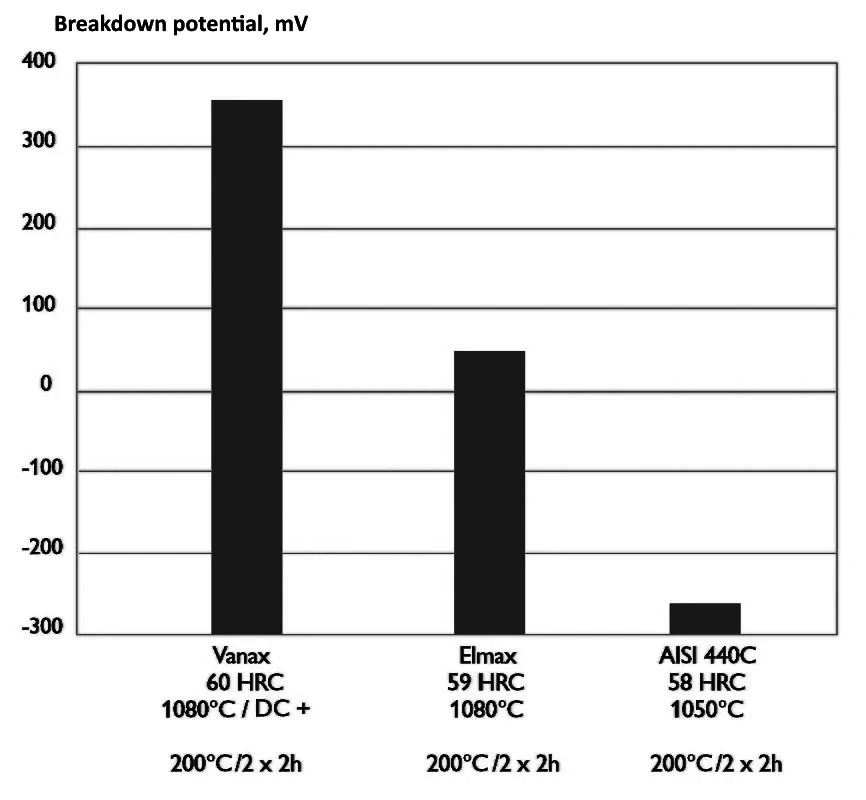
Ductility
Conventionally produced grades with similar hardness and wear resistance have an uneven distribution of large carbides and therefore lower ductility than powder metallurgy grades. Uddeholm Vanax SuperClean has ductility similar to Uddeholm Elmax.
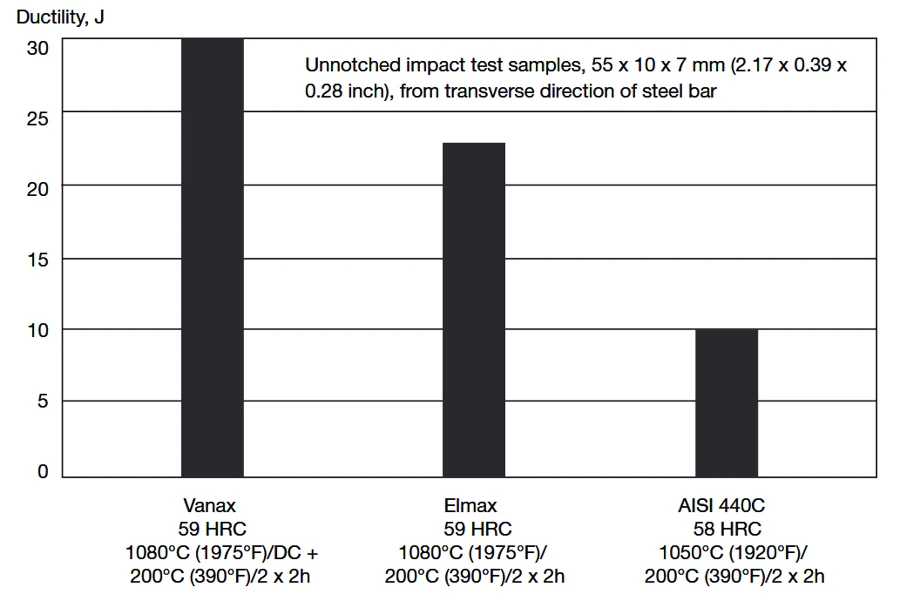
Heat treatment
The recommended austenitizing temperature for Uddeholm Vanax SuperClean is 1080 °C (1975 °F) with 30 minutes holding time followed by deep cooling between -100 ºC (148 °F) and -196 °C (-320 °F) to minimize the amount of retained austenite.
To achieve the best corrosion properties, low-temperature tempering at 200 °C / 2 x 2 hours is recommended. If the product application conditions require a higher tempering temperature, Uddeholm Vanax SuperClean can be hardened to 450 °C or even 500 °C without significant loss of corrosion properties.
When quenching in vacuum furnaces, it is recommended to use a partial pressure of nitrogen of 150-200 mbar (millibar) to counteract N losses at the surface.
Since the steel will contain approximately 10% retained austenite after the recommended heat treatment procedure, 1080 °C / 30 min + DC + 200 °C / 2 x 2 hrs, the dimensions will decrease by approximately 0.1% after heat treatment. Therefore, it is necessary to include sufficient machining allowance for dimensional shrinkage.
The hardenability of Uddeholm Vanax SuperClean is sufficient to provide good through-hardening properties when gas quenched in vacuum furnaces.
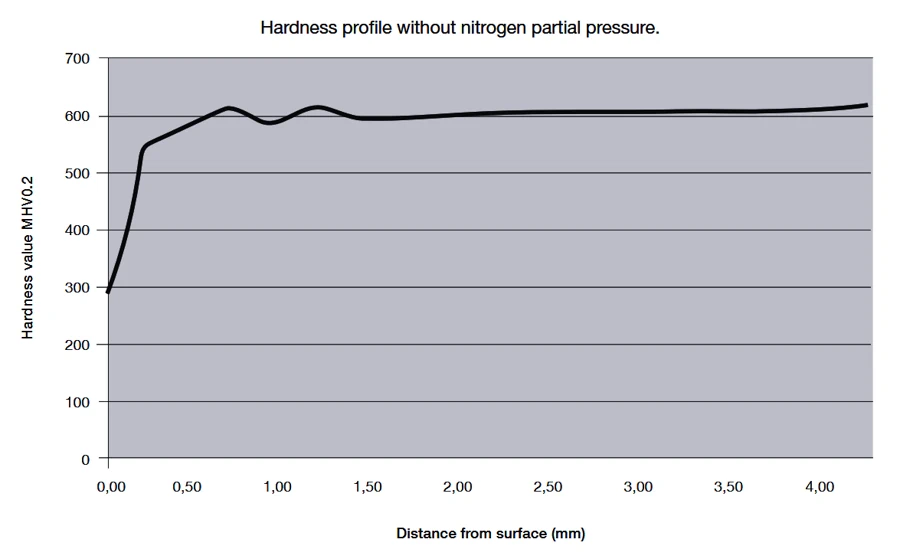
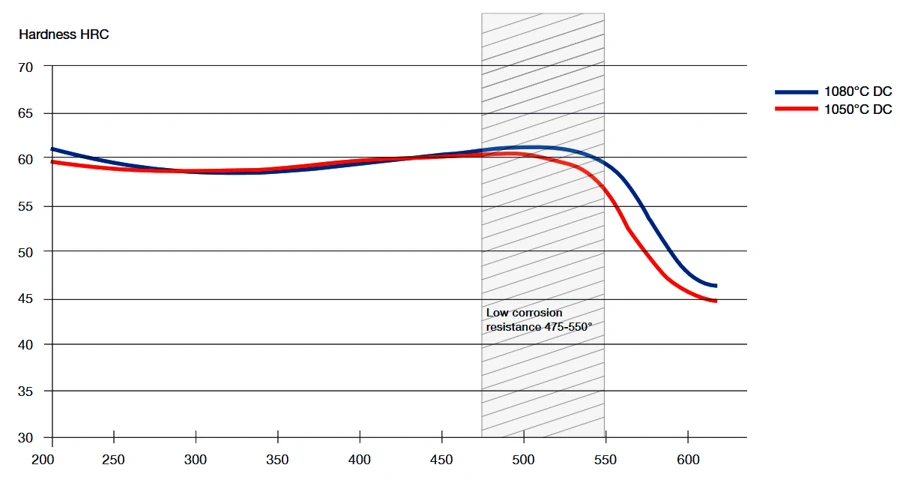
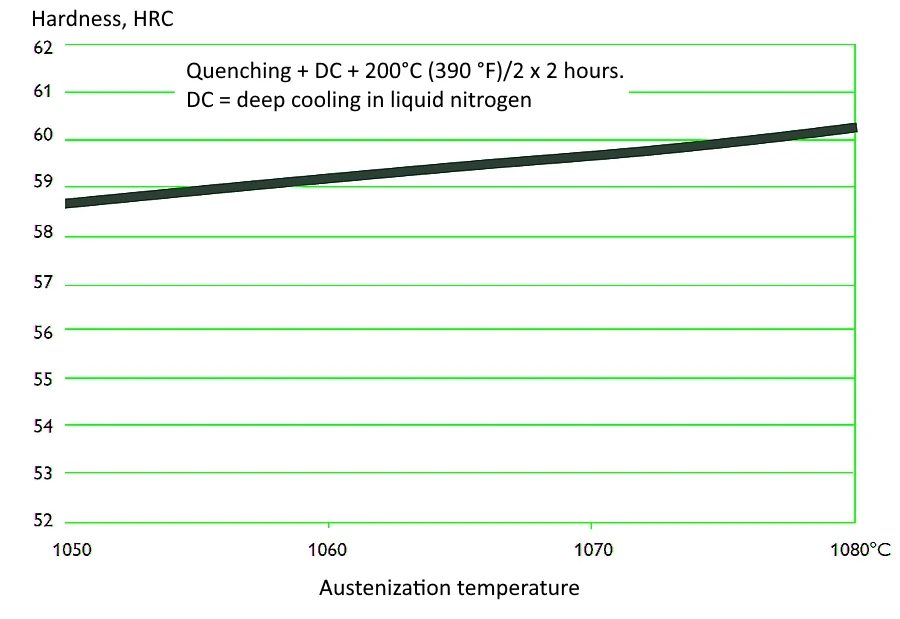
Recommendations for processing
The following recommendations for cutting conditions should be considered as general guidelines. They may require adjustment depending on the equipment, choice of cutting tool, etc.
The recommendations in the following tables are valid for Uddeholm Vanax SuperClean in the annealed soft condition.
Turning
| Cutting data parameter | Turning with carbide | Turning with high speed steel | |
| Rough milling | Fine turning | Fine turning | |
| Cutting speed (vc) m/min. | 100 - 150 | 150 - 200 | 12 - 15 |
| Feed (f) mm/r | 0,2 - 0,4 | 0,05 - 0,02 | 0,05 - 0,3 |
| Depth of cut (ap) mm | 2 - 4 | 0,5 - 2 | 0,5 - 3 |
| Carbide designation ISO | K20, P20* | K15* | - |
| Coated carbide | Coated carbide or cermet | - | |
*Use a wear resistant Al2O3 coated grade
Drilling
High speed steel twist drills.
| Drill diameter, mm | Cutting speed (vc) m/min | Feed (f) mm/r |
| до 5 | 10 - 12* | 0.05 - 0.10 |
| 5 - 10 | 10 - 12* | 0.10 - 0.20 |
| 10 - 15 | 10 - 12* | 0.20 - 0.25 |
| 15 - 20 | 10 - 12* | 0.25 - 0.30 |
* For coated HSS drill vc =16 - 18 m/min.
Carbide drill.
| Cutting data parameter | Type of drill | ||
| Indexable insert | Solid carbide | Carbide tipped1) | |
| Cutting speed (vc) m/min | 90 - 120 | 60 - 80 | 40 - 60 |
| Feed, (f) mm/r | 0.05 - 0.152) | 0.10 - 0.253) | 0.15 - 0.254) |
- 1) Drill with replaceable or brazed carbide tip
- 2) Feed rate for drill diameter 20 - 40 mm
- 3) Feed rate for drill diameter 5 - 20 mm
- 4) Feed rate for drill diameter 10 - 20 mm
Milling
Face and square shoulder face milling.
| Cutting data parameter | Milling with carbide | |
| Rough milling | Fine milling | |
| Cutting speed (vc) m/min | 80 - 100 | 100 - 120 |
| Feed (fz) mm/tooth | 0.2 - 0.4 | 0.1 - 0.2 |
| Depth of cut (ap) mm | 2 - 4 | до - 2 |
| Carbide designation ISO | K20, P20* | K15, P15* |
| Coated carbide | Coated carbide or cermet | |
* Use a wear resistant Al2O3 coated grade
End milling
| Cutting data parameter | Type of end mill | ||
| Solid carbide | Solid indexable insert | High speed steel1) | |
| Cutting speed (vc) m/min | 40 - 50 | 70 - 90 | 12 - 15 |
| Feed (fz) mm/tooth | 0.03 - 0.202) | 0.08 - 0.202) | 0.05 - 0.352) |
| Carbide designation ISO | - | P15, K203) | - |
- 1) For coated HSS end mill vc = 20–30 m/min
- 2) Depending on radial depth of cut and cutter diameter
- 3) Use a wear resistant Al2O3 coated grade
Grinding
A general grinding wheel recommendation is given below.
| Type of grinding | Wheel recommendation | |
| Annealed condition | Hardened condition | |
| Face grinding straight wheel | A 46 HV | B151 R50 B31), A 46 HV2) |
| Face grinding segments | A 36 GV | A 46 GV |
| Cylindrical grinding | A 60 KV | B151 R50 B31), A 60 KV2) |
| Internal grinding | A 60 JV | B151 R75 B31), A 60 IV |
| Profile grinding | A 100 JV | B126 R100 B61), A 120 JV2) |
- 1) If possible, use CBN-wheels for this application.
- 2)Preferable a wheel type containing ceramic Al2O3.
Advantages and disadvantages
Advantages Vanax SuperClean:
- High corrosion resistance: thanks to its special composition, Vanax SuperClean steel is able to withstand the effects of various aggressive environments, including some acids, alkalis and salts. This makes it an ideal material for the production of equipment that is constantly in contact with water, steam and chemicals.
- High purity: Vanax SuperClean steel has a very low content of carbon and other impurities. This ensures a high level of hygiene and prevents contamination of food and medicines.
- Good workability: this material is quite easy to weld, grind and polish, which allows for the production of a variety of complex-shaped products.
- Durability: thanks to its properties, Vanax SuperClean products have a long service life, which reduces replacement costs.
- Aesthetic appearance: Vanax SuperClean steel surface is easy to clean and has an attractive appearance.
Disadvantages Vanax SuperClean:
- High cost: compared to other types / grades of stainless steel, Vanax SuperClean is a more expensive material.
- Machining difficulty: although Vanax SuperClean steel is fairly easy to machine, some types of welding or machining may require special skills and equipment.
- Limited availability: it is not always easy to find Vanax SuperClean products for sale as it is a relatively new material.
Conclusion
Vanax SuperClean is a true breakthrough in metallurgy. This steel opens up new possibilities for the production of high-quality tools and, in particular, knives. If you are looking for a knife that combines high strength, long-lasting sharpness and corrosion resistance, Vanax SuperClean is an excellent choice.
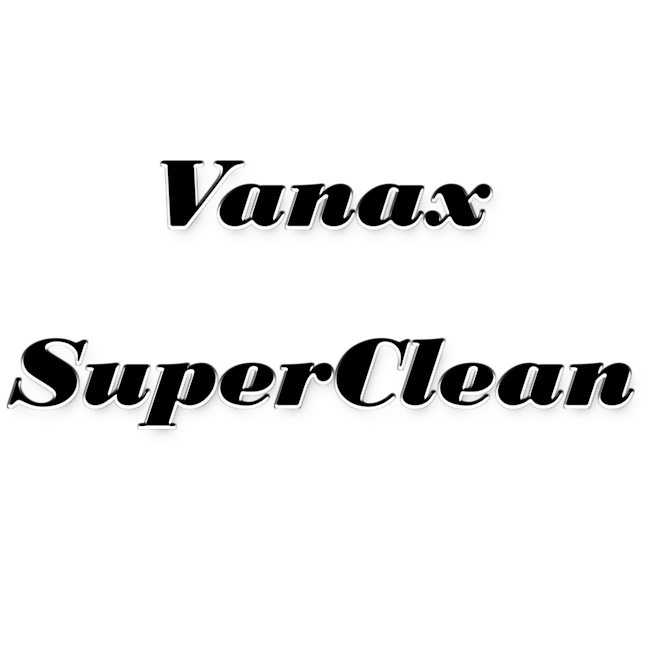
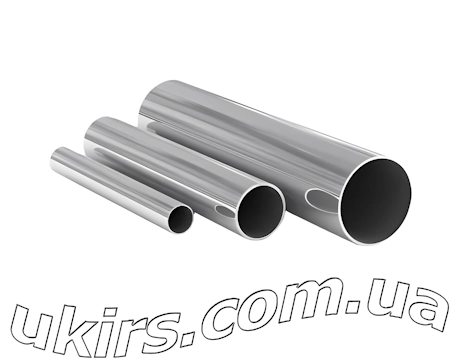 Stainless Steel Round Pipe
Stainless Steel Round Pipe 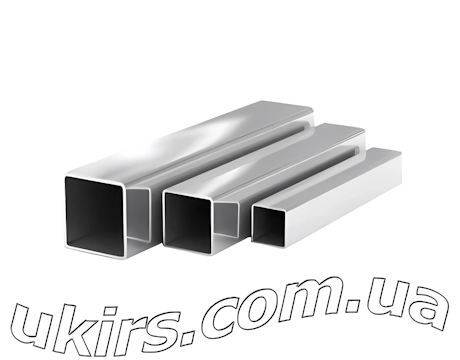 Stainless Steel Square Pipe
Stainless Steel Square Pipe 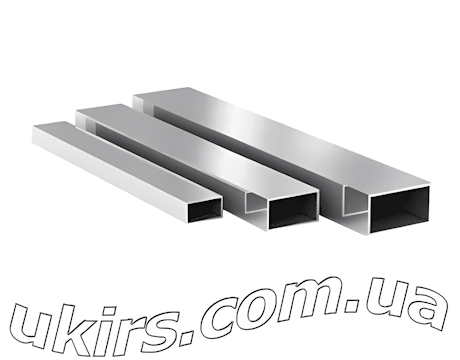 Stainless Steel Rectangular Pipe
Stainless Steel Rectangular Pipe 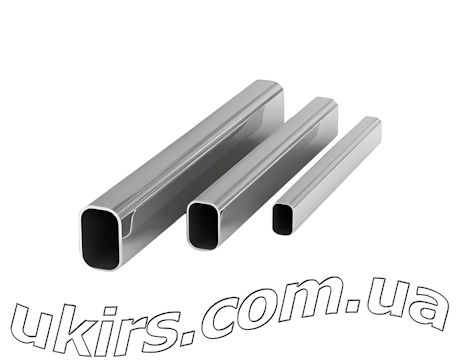 Stainless Steel Oval Pipe
Stainless Steel Oval Pipe 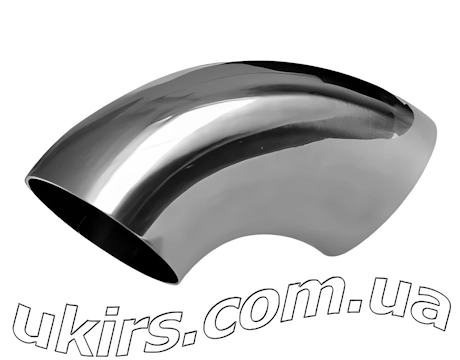 Stainless Steel Elbow
Stainless Steel Elbow 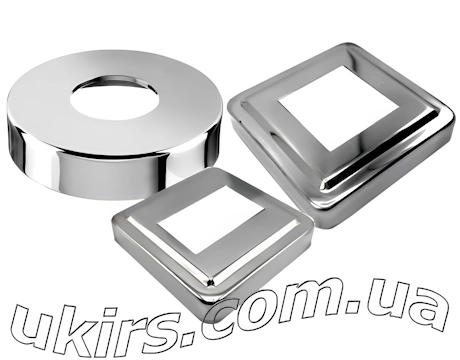 Stainless Steel Decorative Cover
Stainless Steel Decorative Cover 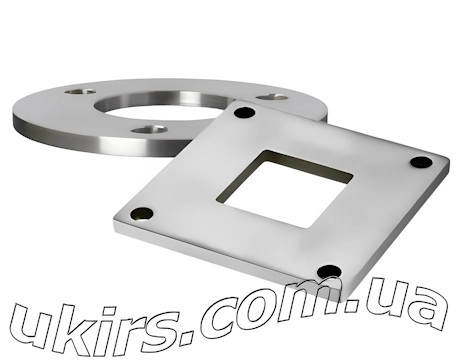 Stainless Steel Flange
Stainless Steel Flange 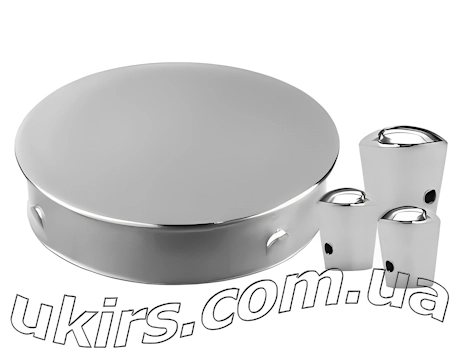 Stainless Steel Plug / Cap
Stainless Steel Plug / Cap 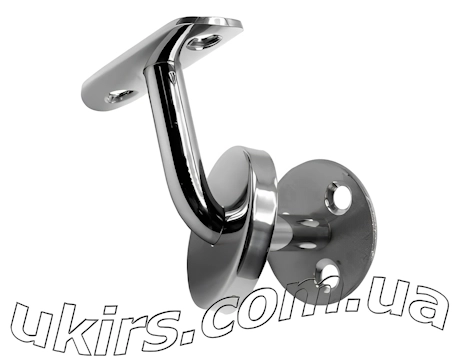 Stainless Steel Handrail Holder
Stainless Steel Handrail Holder